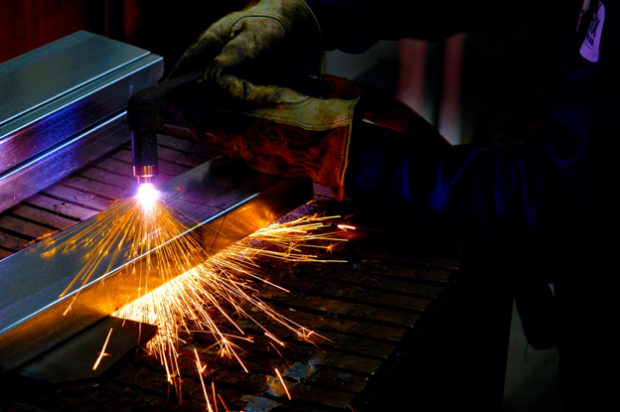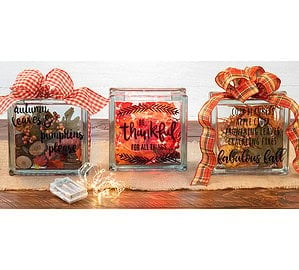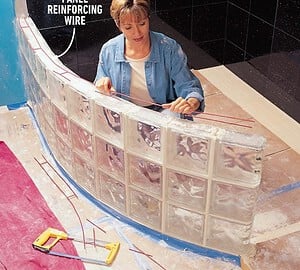How can you improve your DIY welding skills? How to know which method of welding to follow? How to clean a nozzle? Learn more!

DIY projects for home improvement or crafting often rely on your welding skills. Welding properly can have a great impact on how the finished project looks. Without the proper knowledge, you may end up with projects that don’t look appealing.
From taking care of the welding surface to cleaning the nozzle and holding the welder at the right angle – there are many tips and tricks you can learn from this article to improve your welding skills.
Without further ado, let’s look at the top proven ways to help you become better at welding.
1. Regular Cleaning
Always keep your work surface clean. Regardless of what work you are doing, having a clean working surface is essential. It increases productivity and also motivates you to do a better job.
Firstly you need to come up with ideas for your next welding project. Once you have a few solid ideas in mind, clean up your work surface to get the best working experience. Here are some common things littering your work surface and how to clean them are discussed below:
1. Dirt and dust: The best way to remove dirt and dust from any work surface is by simply dusting with a cloth followed by cleaning with water. It is always a good habit to maintain a clean workspace and tools.
2. Rust: If there is any rust forming on your welding surface, then you must remove it before proceeding to weld. Rust cleaning solutions are effective for this. Otherwise, scrubbing with an iron wool scrub, grinder, or a buffer should do the trick if the rust isn’t too thick.
3. Grease and grime: Grease is a very big problem when it comes to welding. It will prevent your welder from arcing, and the welding will not be done correctly. To remove any trace of grease or grime, alcohol-based solutions are especially effective.
How to Clean Nozzles:
Keeping and maintaining a clean nozzle can improve your welding significantly. The nozzles of welders get dirty over time. The more frequently they are used, the dirtier they get.
You might be wondering how the nozzle gets dirty. Well, the dirt that you see in nozzles doesn’t collect overnight. Small amounts of splatter from arcs build up slowly over time. And gradually it cakes up so badly that it starts to restrict the gas flow. This results in weak welding and pinholes.
To clean the nozzle, simply screw it off the gun. Then clean out the nozzle, remove all the caked splatter, and then allow it to dry. Before you screw it on again, you should apply some grease so that it doesn’t allow splatter to cake back up again in the future.
Pro Tip: Often dirt builds up on the bottom side of the tips. This results in improper welding.
2. Changing Welding Methods
Changing or adjusting your welding methods will improve your welding drastically. Now I shall discuss some minor adjustments that will improve the DIY skills of any amateur welder.
● Maintaining Proper Angle
This is probably the biggest mistake amateurs make. They often don’t even hold the welder properly.
Try to hold the welding gun at a proper angle. For instance, when you are making T-shaped and L-shaped welds, it is always best to hold the welder at a 45-degree angle. This will ensure a proper weld at the joints.
You have no idea how significantly your welding skills improve by just using your welding gun at a proper angle while working.
● When to Push or Pull Your Weld
Knowing when to push or pull your weld is an essential skill. It easily separates an amateur welder from a professional welder.
– When to pull your weld:
You should pull your weld when you are welding in a high-pressure situation. When you are attaching two separate pieces together, always choose the pull method.
Moreover, if you want your weld to penetrate deep into the base, then the pull weld method is the best. Pull welds create a stronger and longer-lasting weld.
– When to push your weld:
Push welds create aesthetically pleasing welds. It creates a smooth and flat weld that has a better-looking finish compared to pull methods.
– When to use both:
A few cases require both methods to be used. So always do a bit of research before you start working on your project.
● Changing Arc Length
The arc length is very important. Amateur welders make the common mistake of holding the gun too far away. This results in making undercuts. The best way to solve this is by holding the tip at a distance of 0.25 inches to 0.125 inches.
● Lowering Travel Speed
Another common mistake made by amateurs is their travel speeds are too fast. They often get impatient and increase their travel speed while laying the beads. A simple solution to this would be to stop being so fast and be patient and allow the beads to flow normally.
3. Understanding Welding Conditions
Always take your environment into consideration. Try to work in a safe, secure, and distraction-free environment. You may not have space to set up a workplace inside your house or garage so you may even do your work outside in the open.
In that case, avoid working in windy weather. Not just windy weather but in any sort of adverse weather.
Take precautionary steps as well. Make sure you don’t get distracted while welding. Besides this, always ensure that there are no pets or children nearby who may potentially get harmed in the process.
4. Checking Your Equipment Regularly
Always check your equipment, both before working and after working. Check and clean your equipment after every session. If you don’t already do this, then start today. Make it a habit. This will improve your efficiency, and at the same time, it will increase the lifespan of your equipment.
Final Thoughts
Welding for beginners and amateurs could be slightly challenging if the proper cleaning and operational methods are not followed. As a result, it could be harmful and may also give you a less than perfect project.
Hopefully, you’ll be able to notice the difference and improvement in your DIY welding skills after following these tips and tricks. Remember to always use protection and work in an environment that’s clean and safe!



